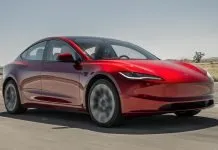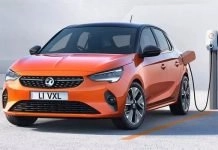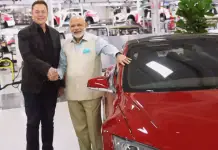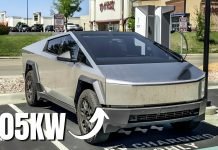Tesla is now poised to improve on its entry-market Model 3/ Model Y cars with the new battery pack, which may feature in the European market. This update – the CATL “6M” or “E1A” – indicates that the future of battery technology is now not just for higher-end models but the whole Tesla automotive range.
Key Features of the New Battery Pack
That is why the next battery pack will possess a 4% increase in net capacity—from 60kWh to 62.5 kWh. This may seem like a small change, but it is expected to generate enormous returns in terms of the car’s range, acceleration, and charging capability. The improvements are especially applicable to the 2025 Model 3 Rear-Wheel Drive (RWD) version.
Expected Benefits
- Increased Range: The new battery pack is expected to yield a WLTP range of about 520 kilometers (323 miles), just a touch higher than the current 513 kilometers (319 miles).
- Weight Reduction: However, the new pack is 1 kg (2.2 lb) lighter than the previous one, which should improve the system efficiency and vehicle dynamics.
- Improved Charging Performance: Hoping to implement an improved battery, we anticipate improved DC fast charging capabilities even though exact details of this have not been released.
Battery Chemistry and Sustainability
The battery pack of CATL 6M could have lithium chemistry either lithium iron phosphate (LFP) or lithium manganese iron phosphate (LMFP). Both of them are characterized by high thermal stability, durability, and reasonable prices which is consistent with the main mission of Tesla – environmentally friendly cars free from dependences on rare metals. This transition implies sustained trends of improving battery technology while maintaining environmental responsibilities.
⏩Breaking!⏪
New battery pack for the base RWD #Model3 and #ModelY is finally arriving!
Disclaimer: I don't know if this one is still LFP or already LMFP yet!
More infos in the coming hours 🙂 pic.twitter.com/AClBnTUQ7Q
— eivissa⚡🔋🚁🌱🤘 (@eivissacopter) October 31, 2024
Implications for Model Y
Although the dominant attention is paid to the Model 3, there are discussions about the possibility of applying such batteries to the entry-level Model Y as well. At present, Model Y is equipped with BYD’s Blade batteries. Still, integrating the CATL packs will contribute to a more efficient chain of supply and better characteristics. In addition, this potential upgrade is consistent with Tesla’s overall approach to the Model Y refresh, dubbed Project Juniper, which is already in trial production in Giga Shanghai and should be launched at some point early next year.
Conclusion
Tesla’s improvement of the baseline Model 3 and likely the Model Y with the CATL 6M battery pack is a tactical upgrade to retain market viability in the constantly advancing market share of electric cars. Taking steps to enhance battery range, cutting down vehicle’s weight, and raising the stakes on charging efficiency, Tesla is paving the way for further innovation in EVs.
When implemented, these updates guarantee to improve the user experience and simultaneously advance Tesla’s sustainability goals and operations. The automotive community is waiting for more as Tesla gets ready for this big change in its product offerings.




















